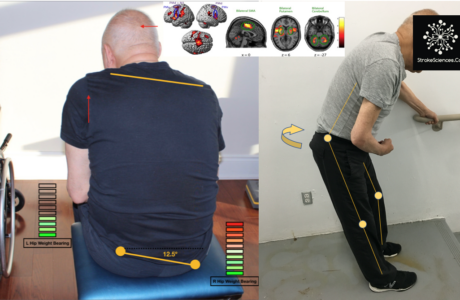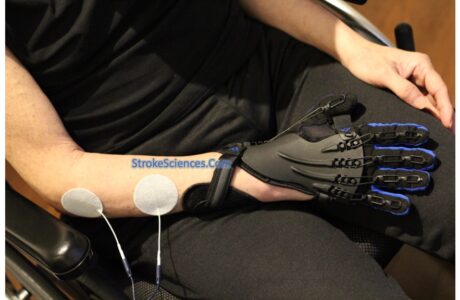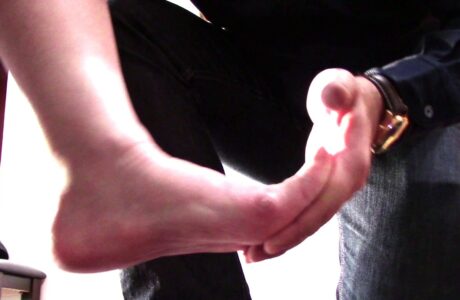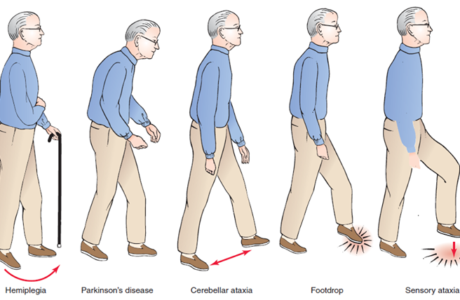
A Patient’s Perspective: The Emotional Burden of Stroke an Important Factor Clinicians often Overlook
A few years back, I was on my way to see a patient on the stroke unit. As I stood at the nursing station to...

A few years back, I was on my way to see a patient on the stroke unit. As I stood at the nursing station to...

Abstract This paper explores the neural correlates of posture and balance after stroke, and provides visual examples of postural instability in a patient with watershed...


Introduction Clinically, muscle tone is assessed by judging the resistance of a patient’s limb to passive stretch. Damage to the descending motor pathways that terminate...

One of the main characteristic features of post-stroke gait, is the hemiparetic or hemiplegic gait. It is important to note, that in acute settings, patients...